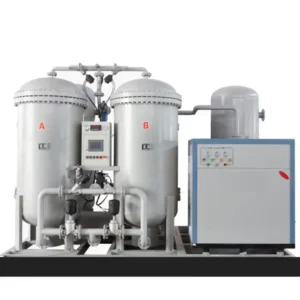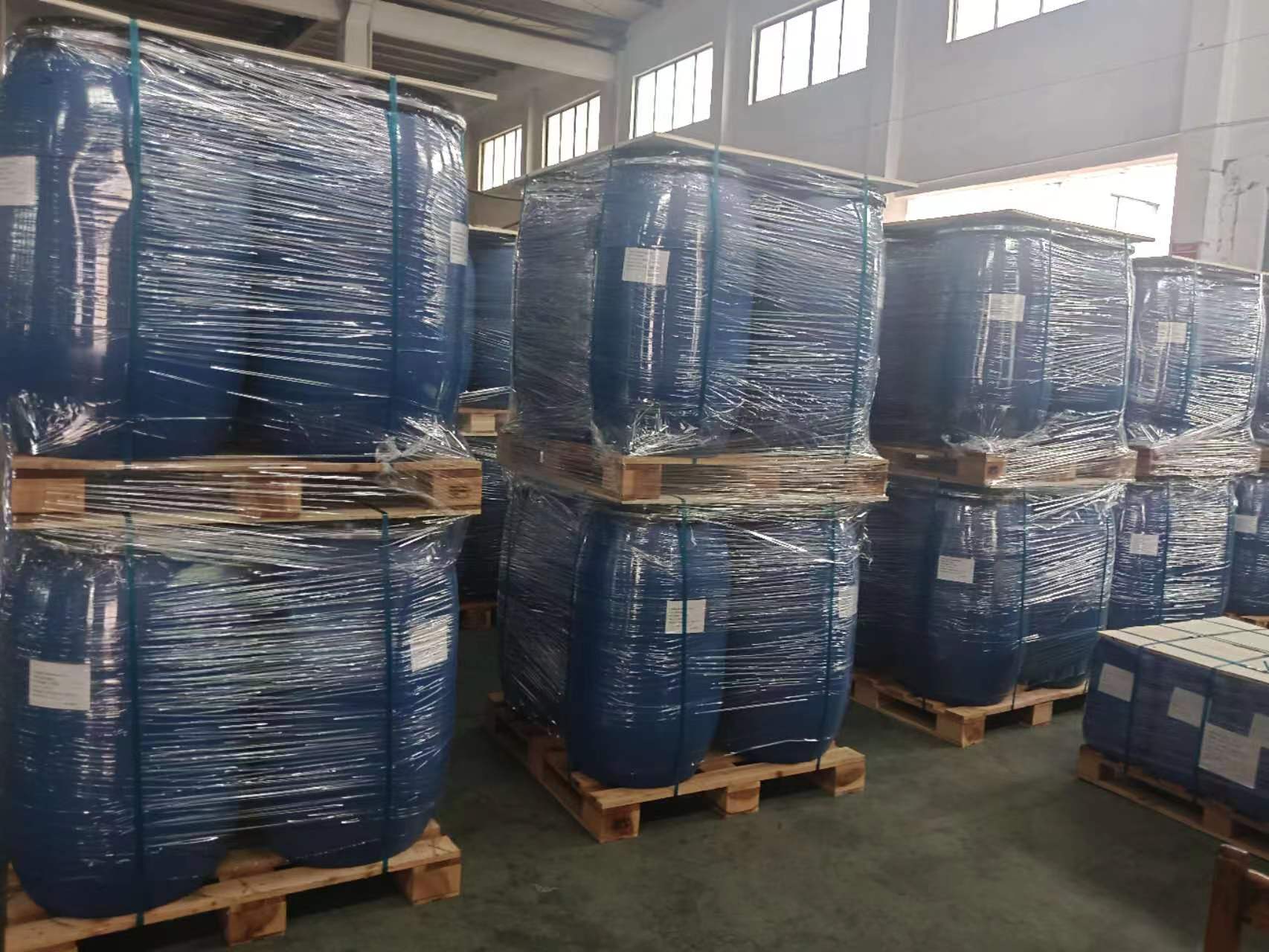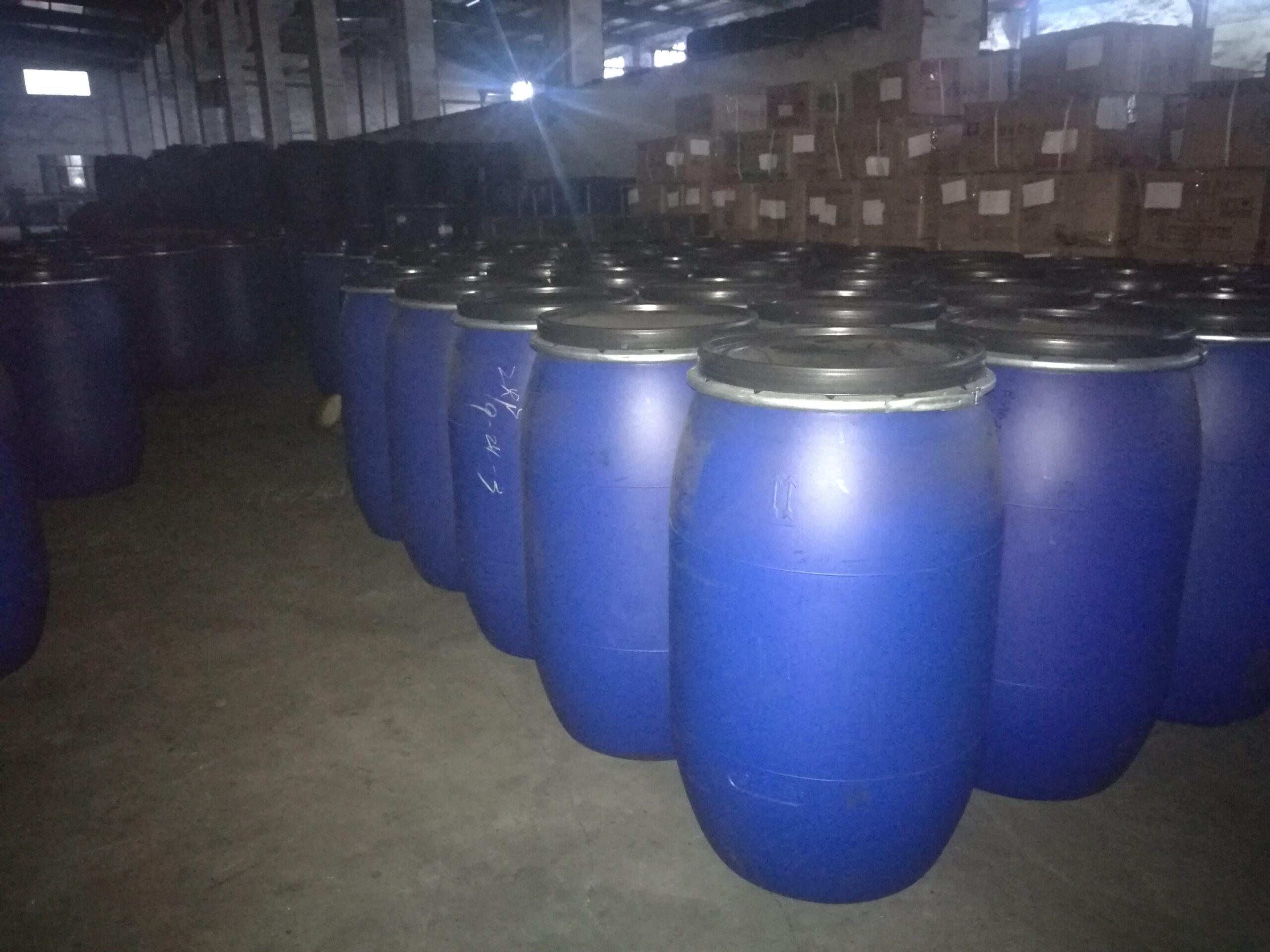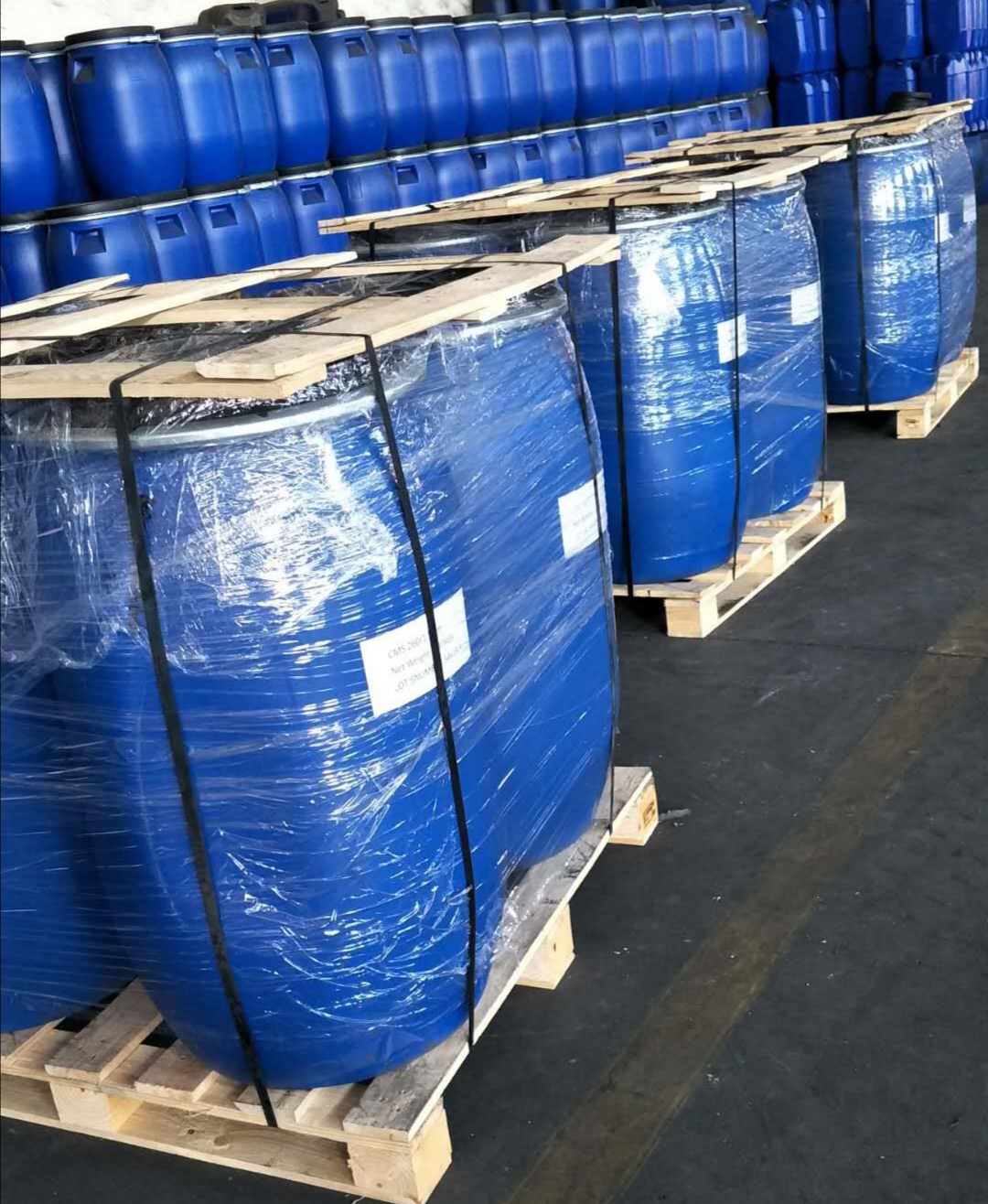Advantages and Replacement of Activated Carbon and Carbon Molecular Sieves in Nitrogen Generator
Carbon molecular sieves are a new type of adsorbent developed in the 1970s. They are an excellent non-polar carbon material. Nitrogen generators using carbon molecular sieves are used to separate air and enrich nitrogen. The nitrogen generation process using normal temperature and low pressure has the advantages of lower investment costs, faster nitrogen production speed, and lower nitrogen cost compared to the traditional deep cooling and high-pressure nitrogen generation process. Therefore, it is currently the preferred pressure swing adsorption(P.S.A) nitrogen enrichment adsorbent in the engineering field. This nitrogen gas is widely used in chemical industry, petroleum and natural gas industry, electronics industry, food industry, coal industry, pharmaceutical industry, cable industry, metal heat treatment, transportation and storage, etc.
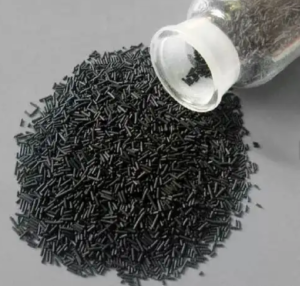
Carbon Molecular Sieves Working principle
Carbon molecular sieves achieve the purpose of separating oxygen and nitrogen by utilizing their sieve characteristics. When the molecular sieves adsorb impurity gases, the large pores and medium pores only serve as channels, transporting the adsorbed molecules to the micropores and submicropores. The micropores and submicropores are the actual volume that performs the adsorption function. As shown in the figure above, the interior of the carbon molecular sieve contains a large number of micropores. These micropores allow molecules with a small dynamic size to rapidly diffuse into the pores, while restricting the entry of large-diameter molecules. Due to the difference in relative diffusion rates of gases of different sizes, the components of the gas mixture can be effectively separated. Therefore, when manufacturing carbon molecular sieves, the distribution of micropores inside the carbon molecular sieve should be 0.28 – 0.38 nm. Within this micropore size range, oxygen can rapidly diffuse through the micropore orifice into the pore, while nitrogen is difficult to pass through the micropore orifice, thereby achieving the separation of oxygen and nitrogen. The size of the micropore diameter is the basis for the separation of oxygen and nitrogen by carbon molecular sieves. If the pore diameter is too large, oxygen and nitrogen molecules in the sieve can easily enter the micropores, which does not achieve the separation effect; while if the pore diameter is too small, oxygen and nitrogen cannot enter the micropores, also not achieving the separation effect.
The research and development of carbon molecular sieves in China began in the 1980s, about twenty years later than the United States. At that time, the main products available in the international market were carbon molecular sieves from Germany BF and Japan Takeda, with a price of approximately 200,000 yuan per ton, but their nitrogen production capacity was about 100 NM3/h.t. In the 1990s, it was upgraded to a nitrogen production capacity of 185 NM3/h.t. At that time, the nitrogen production capacity of domestic carbon molecular sieves was only 140 NM3/h.t, although the indicator was about 30% behind, it still rewrote the history that China could only rely on imported carbon molecular sieves and achieved a leap from nothing to something! Also, due to the low price of domestic carbon molecular sieves, the price of imported carbon molecular sieves has dropped significantly, saving foreign exchange for the country and promoting the vigorous development of domestic PSA nitrogen production equipment.
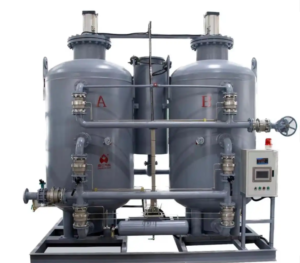
Domestic molecular sieves, due to the limitations of conditions, do not control the pore size very well. The domestic market mainly adopts medium and low-grade carbon molecular sieves, and the micropore diameters sold on the market range from 0.3 to 1 nm. Only the rock valley molecular sieve has achieved 0.28 – 0.36 nm. The raw materials of carbon molecular sieves are coconut shells, coal, resins, etc. The first step is to process and pulverize them, then mix with the base material. The base material mainly increases strength and prevents fragmentation and pulverization; the second step is activation to form pores, at a temperature of 600 – 1000°C, introducing activation agents, commonly used activation agents include steam, carbon dioxide, oxygen, and their mixtures. They undergo thermal chemical reactions with more active amorphous carbon atoms to expand the specific surface area and gradually form pores. The activation time ranges from 10 to 60 minutes; the third step is pore structure adjustment, using vapor of chemical substances, such as benzene depositing on the micropore wall to adjust the size of the pores to meet requirements.
German BF molecular sieves, Japanese Takeda carbon molecular sieves, Japanese Iwaguchi molecular sieves, nitrogen production machine-specific activated carbon, 13X molecular sieves, 5A molecular sieves, are mainly used in pressure swing adsorption (PSA) nitrogen production equipment. Molecular sieves are a new type of non-polar adsorbent, with the ability to adsorb oxygen molecules in the air at normal temperature and pressure, thus obtaining nitrogen-rich gas. The most significant feature of the new nitrogen production technology using carbon molecular sieves for pressure swing adsorption is: the impurity content of the N2 product is low, the concentration and volume of N2 can be adjusted as needed, and high-purity N2 with an O2 content less than 5 ppm and a dew point lower than -60℃can be obtained through purification.
Maintenance and repair methods for nitrogen production equipment
1) Install a timed drainage device at the sewage outlet of the air storage tank to reduce the processing load pressure. 2) During the normal operation of the equipment, it is necessary to check whether each automatic drain device is functioning properly, whether the air pressure is above 0.6 Mpa, compare the inlet and outlet of the cold dryer, and see if there is any cooling effect. Also, check whether the purity of the nitrogen is stable.
3) The air filter must be replaced at a frequency of once every 4,000 hours.
4) The activated carbon filter can effectively filter oil stains and can extend the service life of the high-quality carbon molecular sieve. The activated carbon needs to be replaced once every 3,000 hours or 4 months. Maintenance and replacement of components for the nitrogen generator
5) The pneumatic valves and electromagnetic valves of the nitrogen generator are actuating components. It is recommended to have one of each model on hand to prevent future problems. Activated carbon
Activated carbon and carbon molecular sieve replacement procedure: Simply clean the site, cut off the gas supply and power supply, two people remove the head of the adsorption tower, two people remove all the pipelines of the nitrogen generator, clear the waste materials inside the adsorption tower, it needs to be cleaned thoroughly. Check whether the top and bottom distributary plates of the nitrogen adsorption tower of the nitrogen gas equipment are damaged, and repair them in time if damaged. All pipelines should be blown clean with compressed air. Check the damage of the sealing ring of the pneumatic valve, and replace the pneumatic valve if it is severely damaged. Update the filter of the air treatment part, and renovate the pipeline of the activated carbon filter. One person will carry out the construction simultaneously. All work is completed, install all pipelines and valves, supply gas and power, blow the entire system pipeline once, start the carbon molecular sieve loading operation. Specifically, there will be on-site guidance personnel to guide, after the loading is completed, start the nitrogen generator, check whether each interface leaks gas at the same time, and detect the purity and production capacity of the nitrogen gas.
